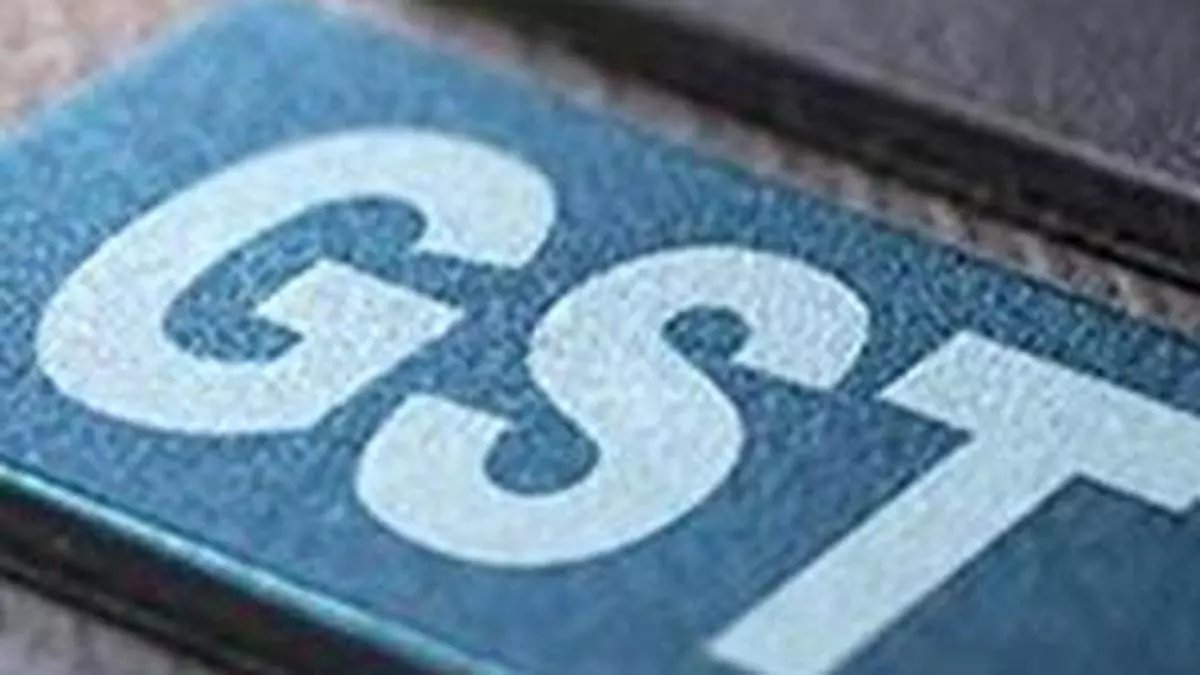The Centre should offer 6-8 per cent fiscal support for select electronic components and sub-assemblies to mitigate cost disadvantages and boost the competitiveness of domestic manufacturers, Confederation of Indian Industry (CII) has suggested.
This fiscal support should be extended for 6 to 8 years to ensure adequate time for domestic firms to scale up and achieve the desired enhancement in value addition, CII said in a new report on “Developing India as the Manufacturing Hub for Electronics Components and Sub-Assemblies”.
This recommendation forms part of the eight key policy actions suggested by CII to transition India’s Electronics sector ecosystem from an ‘import dependent assembly led manufacturing’ to ‘component level value-added manufacturing’.
- Also read: CII President Sanjiv Puri: Rural Capex Boost in Budget
Making a comparison of cost between China and India, the CII report highlighted that continuing incentive support from the Chinese government enabled its industry to sustain its manufacturing scale to derive unmatched competitive edge.
India’s component industry on the other hand faces multiple challenges related to cost of materials, higher cost of finance, higher logistics cost because of inefficient infrastructure and processes, the CII report said. The incentive support from the government has been noteworthy, but have failed to fulfil industry expectations, it added.
As per the Report, in 2023, the demand for components and sub-assemblies stood at $45.5 billion to support $102 billion worth of electronics production. This demand is expected to scale to $240 Billion to support the $500 Billion worth electronics production by 2030. Priority components and sub-assemblies including PCBAs, were estimated to be $22.1 billion in 2023 and are projected to grow at a robust CAGR of 30 percent, reaching $139 billion by 2030.
The Report identifies 5 priority components/sub-assemblies of batteries (lithium-ion), camera modules, mechanicals (enclosures etc.), displays and PCBs which are categorized as high priority for India.
They cumulatively accounted for 43 percent of the components demand in 2022 and is expected to grow to $ 51.6 billon by 2030.
- Also read: CII sees India GDP growing at robust 8% in 2024-25
These components have either a nominal production in India or are heavily import dependent. India can hardly afford to sustain this trend of importing the priority components. Similarly, PCBA is a high potential category for India since most of the demand is met by imports. This segment is expected to grow by 30 percent leading to a demand creation of $ 87.46 billion by 2030.
However, manufacturing related cost disabilities vis-à-vis other competing economies like China, Vietnam, Mexico (10-20 percent), lack of big domestic manufacturing corporations, lack of domestic design ecosystem for Indian companies and lack of raw materials ecosystem add to the challenges that disable the domestic manufacturing of components and sub-assemblies in India, CII report has said.
OTHER RECOMMENDATIONS
CII has said that SPECS 2.0 must be introduced with a subsidy support ranging from 25 percent to 40 percent to support potential investors across brownfield and greenfield categories. The new policy should adopt a gradient approach with support towards the higher end of subsidy.
Also the import tariffs on priority sub-assemblies and components like camera modules, displays modules, mechanicals, need to be urgently rationalized in line with key competing economies. Majority of tariff lines need to be brought under the level of 5 percent or lower to ensure that product manufacturers become competitive, CII has said.
- Also read: CII trusts PM Modi to propel Indian economy into top 3, says Sanjiv Puri
India needs to aggressively pursue FTAs with EU, UK, GCC countries and emerging economies in Africa. The creation of export demand for India made products have the twin advantages of increasing export volumes and helping boost domestic manufacturing of components and sub-assemblies, it added.
CII has also recommended review of Press Note 3 with adequate guardrails, noting that India should adopt a non-restrictive approach towards investments, components imports, openness towards technology transfer in deficient areas, ease of inward movement of skilled manpower and easing of non-trade tariffs.
The measures adopted by India to safeguard its domestic industry in the aftermath of COVID19 pandemic has outlived its utility, CII has said.
India’s components demand is largely met through imports from China. China accounts for 62 percent of India’s electronic component imports which poses significant risk to the long-term sustainability and supply chain needed to build a competitive domestic manufacturing ecosystem. Notably, components and sub-assembly segment offers approximately 10 percent-50 percent depending upon the component) value addition opportunities.



